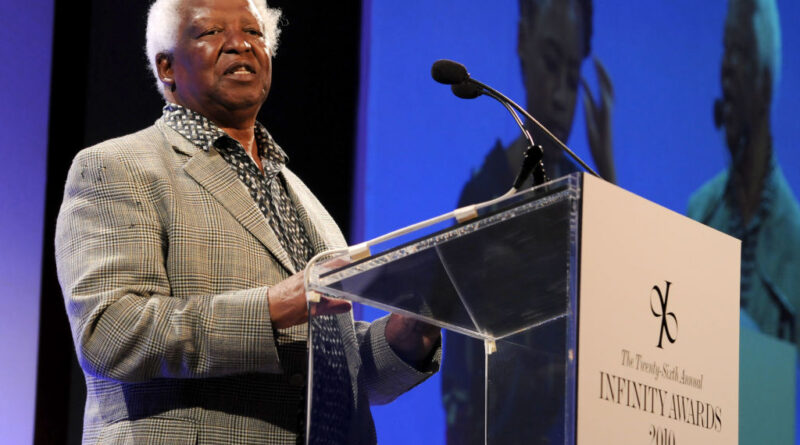Legendary South African Photojournalist Peter Magubane Dies, 91
by Ann Brown
January 7, 2024
He was appointed Nelson Mandela’s official photographer after Mandela’s release from prison.
Renowned South African photographer Peter Magubane, known for his documentation of the brutal apartheid era, has passed away at the age of 91. He died on Jan. 1. His daughter, Fikile Magubane, announced his death, with no other details given. It is known that Magubane had been treated for prostate cancer, The Washington Post reported.
His life’s work shed light on the violence and injustice of apartheid and capturing pivotal moments in South Africa’s struggle for democracy. Throughout his illustrious career, Magubane was celebrated as a “legendary photojournalist” by his peers and recognized by the South African government for his pivotal role in documenting the fight against apartheid.
Born on Jan. 18, 1932, in Vrededorp, a Johannesburg suburb, Magubane’s journey into photography began with a Kodak Box Brownie, a gift from his father. However, apartheid’s oppressive rules restricted the opportunities for Black photographers, forcing him to learn the craft through unconventional means, according to The Washington Post.
Magubane started working at Drum, a magazine that employed Black staff. He worked his way up from being a tea boy to becoming a driver, all the while studying the art of photojournalism. After hours, he would take photographs around Johannesburg and develop them in the Drum darkroom.
In 1955, Magubane received his first significant assignment, covering a convention of the anti-apartheid African National Congress (ANC). Shortly thereafter, the ANC was banned in South Africa, and Nelson Mandela was incarcerated in 1962, later receiving a life sentence in 1964.
His career took him from Drum to the Rand Daily Mail newspaper, and he also contributed to international publications such as Time magazine and Sports Illustrated. His work garnered international recognition, and he published 17 books, with his later works focusing on African culture and landscapes.
Magubane documented the horrific Sharpeville massacre in 1960, where police killed at least 69 unarmed demonstrators. In one iconic photograph, he captured a group of police officers callously ignoring the lifeless body of a Black man behind them.
Magubane also chronicled the Soweto uprising of 1976, when police opened fire on young protesters, killing over 176 of them. Magubane’s award-winning photographs of the incident brought global attention to the tragedy.
Because of his work, Magubane became a target of the apartheid government, and he was repeatedly arrested and imprisoned. He was also banned from working for five years. Once on assignment, he was shot 17 times with shotgun pellets by the apartheid police and beaten, sustaining injuries that included a broken nose, all because he refused to surrender photographs he had taken during the Soweto uprisings.
None of this seemed to deter Magubane. “I said, ‘no I will remain here. I will fight apartheid with my camera,’” he said in a recent interview with national broadcaster SABC, AP reported.
In 1990, Magubane’s career came full circle when he was appointed as Nelson Mandela’s official photographer after Mandela’s release from prison. He continued to document Mandela’s journey until the historic all-race elections in 1994, when Mandela was elected as South Africa’s first Black president.
Magubane’s legacy extends beyond documenting violence. He captured poignant images of everyday life under apartheid, emphasizing the absurdity of racial segregation. One of his most celebrated photographs depicts a Black maid seated on a bench designated for whites only, tenderly cradling a white child in her care—a powerful commentary on the hypocrisy of apartheid.
RELATED CONTENT: Exploring The Life and Legacy of Nelson Mandela in South Africa

